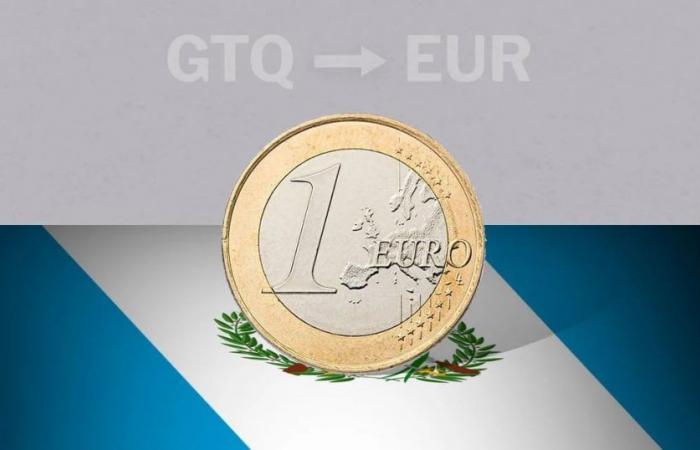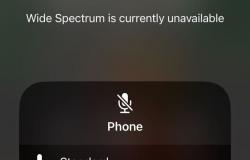He euro quoted at closing 8.30 quetzales on averageso that it implied a change of 1.91% compared to the value of the previous day, when it marked 8.14 quetzales.
Regarding the last week, the euro scores a promotion of 1.95%%so in year-on-year terms it still maintains an increase in 2.23%.
In relation to the variations of this day with respect to previous days, it chained two consecutive sessions in positive. The volatility figure was 13.06%, which is a figure slightly higher than the annual volatility figure (12.5%), presenting itself as an asset with greater changes than usual.
He Bank of Guatemala estimated that the Gross Domestic Product (GDP) will grow 3.4% by 2024, little more than that of the previous year, estimated at 3.3 percent. The figures were published in the Survey of economic expectations to the panel of private analysts (EEE) of December 2023, where specialists gave their opinion on the country’s economic trajectory.
The panel pointed out that the evolution of energy prices, fiscal policy, price stability, the level of interest rates, stability in the nominal exchange rate, as well as public and private investment will be aspects that could influence the economic activity in 2024.
For its part, the Economic Commission for Latin America and the Caribbean (ECLAC) estimated that the GDP growth in Guatemala will be 3.1%, down from 3.4% the previous year.
The EEE points out that the inflation for the first two months of 2024 is 4.48% with an inflation rate of 4.48% for December and 4.32% for the same month of 2025, following a downward trend, impacted by external inflation, the price of non-energy raw materials, among others.
He Quetzal is the legal tender used in Guatemala and was founded when the Monetary Law was issued in 1924, when the then president José María Orellana ordered the replacement of the Guatemalan peso.
The Guatemalan currency is currently divided into one hundred cents and in its beginnings it had a value of 10 cents above the US dollar until 1980 when it fell to par, recovering months later.
Currently the quetzal is equivalent to 7.50 units per US dollar and 9.25 units per euro, thus becoming one of the 30 monetary units in Latin America and the world to be one of the most stable.
The organization in charge of regulating the issuance of the currency is the Bank of Guatemala and today there are coins of 5, 10, 25 and 50 quetzal cents and 1 quetzal, while banknotes circulate in 1, 5, 10 , 20, 50, 100 and 200 quetzales.
In their attempts to reduce production costs Of the coins, the government has sought to introduce coins with different materials such as opting for steel instead of nickel or brass-plated steel.
Regarding the economy, in the last three decades the country had the least volatile growth in three decades compared to other peer and aspirational countries; at the same time, it has managed to keep public debt and budget deficit stable, although this has not translated into a reduction in poverty and inequality.
Likewise, Guatemala has the fourth highest rate of chronic malnutrition in the world and the highest among the countries of Latin America and the Caribbean, with large indigenous and rural populations affected.






